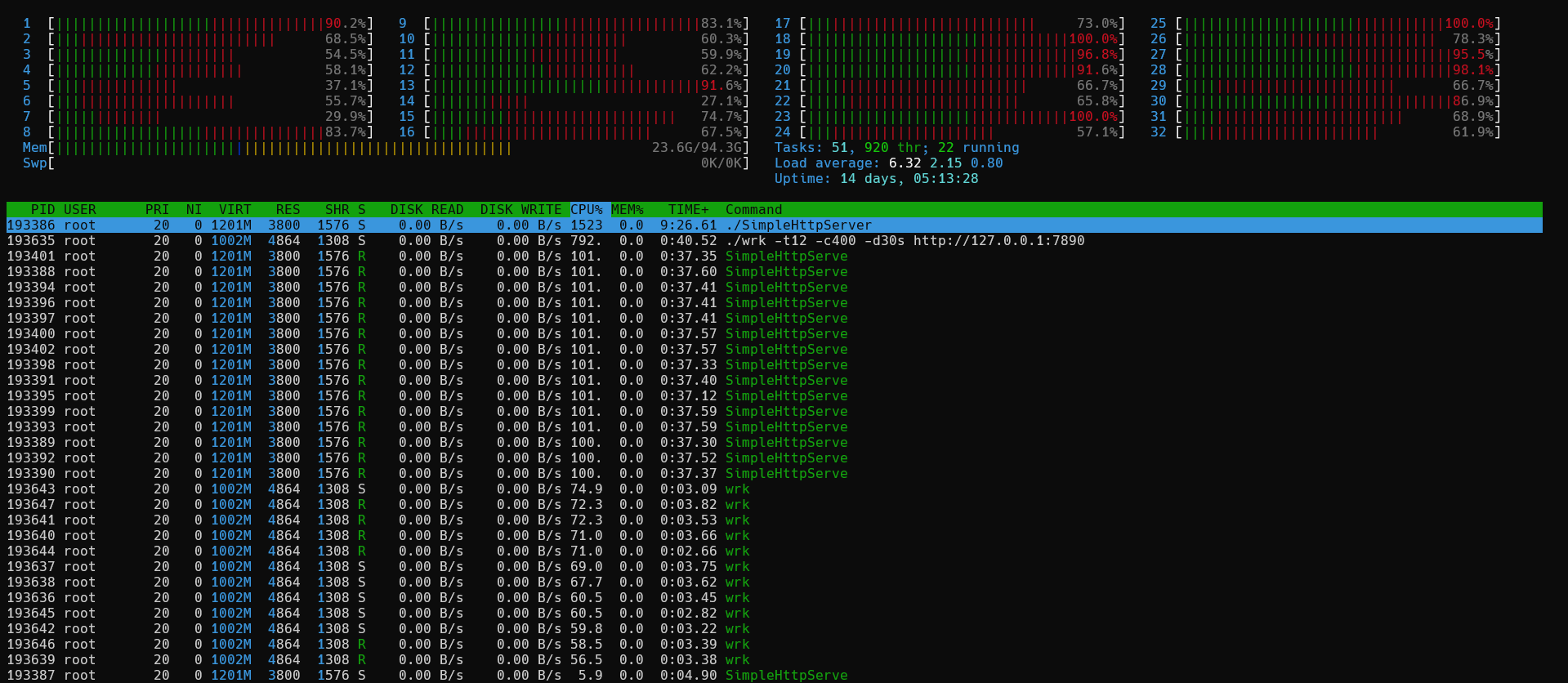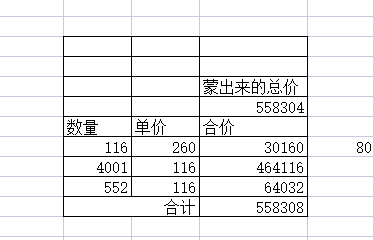其实写这篇博客的时候,已经是2024年啦~
今年有无数次想写博客的冲动,但是因为拖延症,所以没有写。
快
今年对我来说是:时间过得飞快的一年。或许六月份是一个节点,六月份之前是一种生活,六月份之后又是一种生活。六月份之前,稳定的部门聚餐,团建。四月份的时候还去了重庆。重庆是一个非常繁华,非常热闹的城市。我也玩得很开心~ 自己一个人去了酒吧,看到了很多光鲜亮丽的小姐姐,一对对的情侣,还有几个听到《晴天》就被唱哭的路人朋友。不得不感慨,原来酒吧里有这么多真实的,单纯的人啊。
十八梯~ 十八水~ 十点半的飞机,它不下来~
Bigtera是一个非常强的技术团队,我也很荣幸能够加入这样的团队,自己能够做一点微薄贡献。从前端的vue,到后端的flask,这些开发任务都可以熟练地完成。当然最核心的ceph,我也侥幸做过一点贡献。
六月份之后,就是一种新的生活了。这个六个月的时间过得就像一天一样。
学
最大的成就就是只狼一周目通关了。战胜了一个个的boss,蝴蝶夫人,狮子猿,破解僧… 非常享受完美弹刀时,释放多巴胺的感觉。
英语的进步也很大,继续加油叭~
悟
今年感悟最多地句子是:命运里的一切馈赠,早已在暗中标好了价格~
“缺爱”这个词是我经常用到的。最近几天发现我周围的朋友似乎也会提到这个词。讲 :”我们来这里,不就是为了找爱吗?”; 讲 :”我做爱不缺人,只是缺爱而已”。
那什么是爱呢?在思考这个问题的时候,我的脑海中浮现出了今年在超市遇到的一幕。在一大排摆满成人用品的货架前,一个帅哥开心地大声喊:”哇~宝贝,你看这里有好多好东西啊~“,然后一个美女缓缓走来,一脸娇羞和宠溺的语气说:”那你买嘛,那你买嘛~“。
虽然这一幕已经过去好久,但是我依然记得。我总是感觉这个帅哥的落落大方,真诚,真实,像小孩子一样的开心;美女的娇羞,宠溺; 都是现在这个社会难能可贵的。
因为现在社会的主流意识是偏压抑的,偏保守的。压抑,保守的原因,可能是生产力的束缚,如果一个人生产力不足,那他必然会选择压抑的,保守的态度处理问题。他需要得到主流意识的认可。选择压抑,保守的态度,至少可以保持自己现有的积累。
所以国内有梁山伯与祝英台,国外有罗密欧与朱丽叶,似乎道理都是一样。所以说”爱“是很难的。我缺的爱是更难的,我非常渴望构建一个更好的原生家庭,我们彼此之间自由,开放,把彼此放在最重要的位置。是开心,是宠溺。我们的精力用在让生活更精彩,更有意义,更有成长。
当然这些都很难。但是你也不要放弃,因为目前你的生活和积累,并不是很差。还有选择的机会。
王小波在黄金时代这样描述”那一天我二十一岁,在我一生的黄金时代。我有好多奢望。我想爱,想吃,还想在一瞬间变成天上半明半暗的云。后来我才知道,生活就是个缓慢受锤的过程,人一天天老下去,奢望也一天天消失,最后变得像挨了锤的牛一样。可是我过二十一岁生日时没有预见到这一点。我觉得自己会永远生猛下去,什么也锤不了我。“
加油叭~









